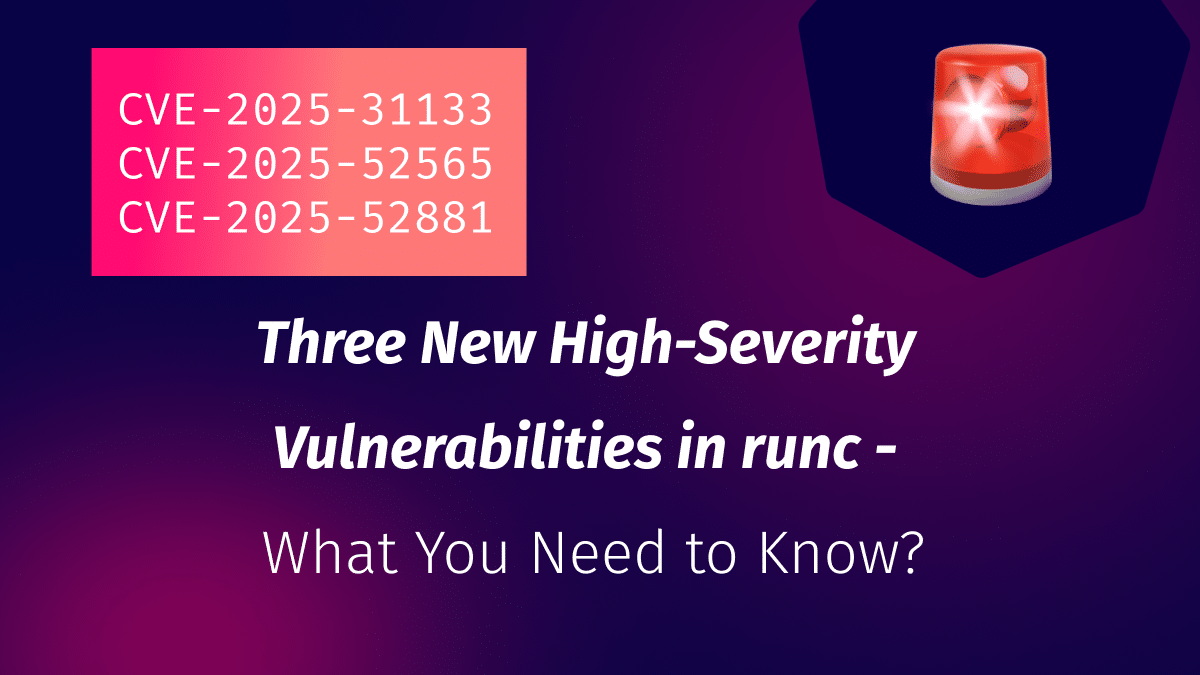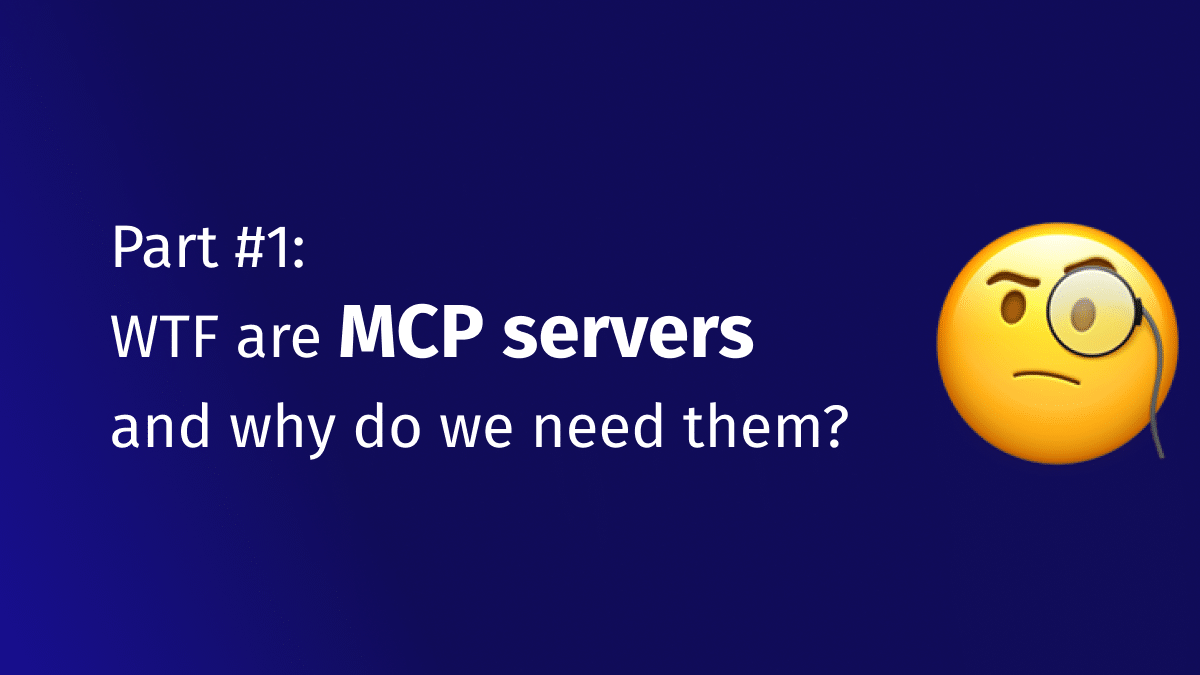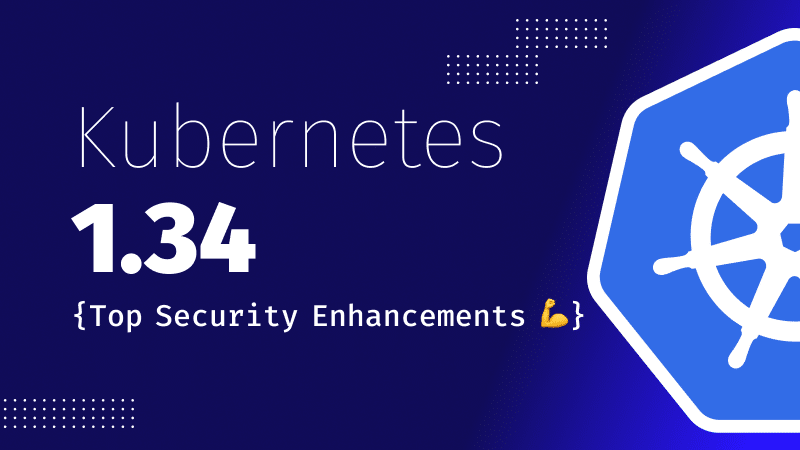Three New High-Severity Vulnerabilities in runc: What You Need to Know
Within 24 hours, three new high-severity vulnerabilities were disclosed in runc, the low-level runtime that...

Oct 31, 2024
Originally appeared on The New Stack.
More and more organizations rely on Kubernetes to deploy and manage their applications. However, traditional security approaches often fall short of addressing the unique challenges posed by these dynamic, containerized environments. Integrating runtime context into Kubernetes security creates a feedback loop between posture management and runtime security, significantly boosting an organization’s overall security.
Conventional security strategies typically rely on static analysis and predefined rules. While these methods are valuable, they struggle to keep pace with the dynamic nature of Kubernetes environments. Containers are ephemeral, workloads are constantly shifting, and the attack surface is ever-changing. Static security measures alone cannot provide the real-time insights necessary to detect and respond to emerging threats effectively.
Runtime context is the missing piece in the Kubernetes security puzzle. By continuously monitoring and analyzing the behavior of applications and workloads during execution, security teams can gain invaluable insights into potential vulnerabilities and anomalies. This real-time information allows for more accurate threat detection, reduced false positives and faster incident response.
To harness the power of runtime context, organizations need to establish a feedback loop between posture management and runtime security. This approach requires a unified platform capable of handling both aspects seamlessly.
Here’s how this synergy works:
Extended Berkeley Packet Filter (eBPF) technology allows efficient, low-overhead monitoring and tracing of system calls, network activity and other critical operations without modifying the kernel or applications. Here are some key use cases where eBPF lends itself to Kubernetes security:
Implementing this comprehensive approach to Kubernetes security requires a unified platform capable of integrating posture management, runtime security and eBPF-based monitoring. Such a platform offers several key advantages:
As Kubernetes environments continue growing in complexity and scale, traditional security approaches are no longer sufficient. Organizations can improve their Kubernetes security posture by using a unified platform that integrates runtime context, posture management, runtime security and advanced technologies like eBPF. This comprehensive approach provides the real-time insights, adaptability and automation necessary to protect against evolving threats in today’s dynamic cloud-native landscapes.
The future of Kubernetes security lies in platforms that can seamlessly integrate these components, offering a holistic, context-aware approach to protecting containerized applications and infrastructure. As the threat landscape continues to evolve, organizations that embrace this unified, runtime-centric security model will be best positioned to defend against sophisticated attacks and ensure the integrity of their Kubernetes environments.
To continue the discussion, visit ARMO at booth Q26 at KubeCon in Salt Lake City, Nov. 12-15 and / or come hear Oshrat talk there in the Exploring eBPF Use Cases in Cloud-Native Security panel.
For insights into eBPF’s transformative potential in cloud-native security, attend the eBPF security use cases panel at Cilium and eBPF Day on Nov. 12, part of KubeCon + CloudNativeCon North America 2024.
To learn more about Kubernetes and the cloud native ecosystem, join us at KubeCon + CloudNativeCon North America, in Salt Lake City, Utah, on Nov. 12-15, 2024.

Within 24 hours, three new high-severity vulnerabilities were disclosed in runc, the low-level runtime that...

These days it seems everyone is obsessed with MCP servers, me included. After studying the...

Kubernetes v1.34 is coming soon, and it brings a rich batch of security upgrades –...